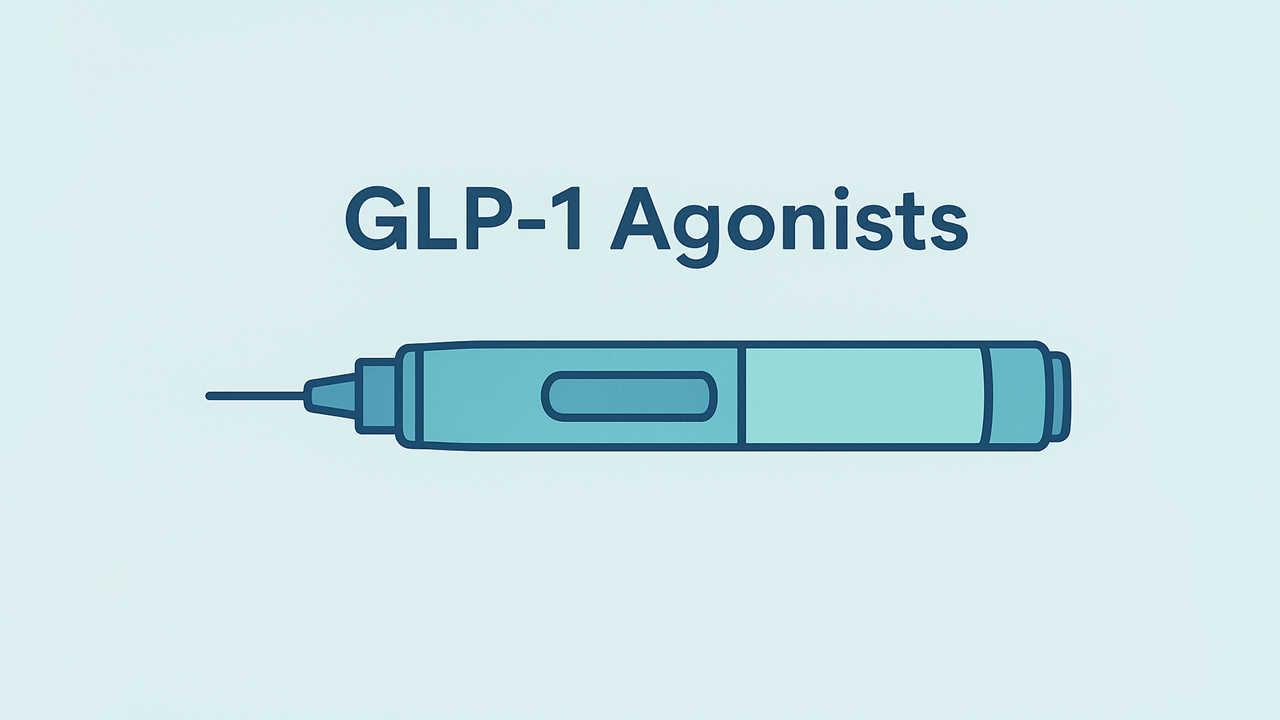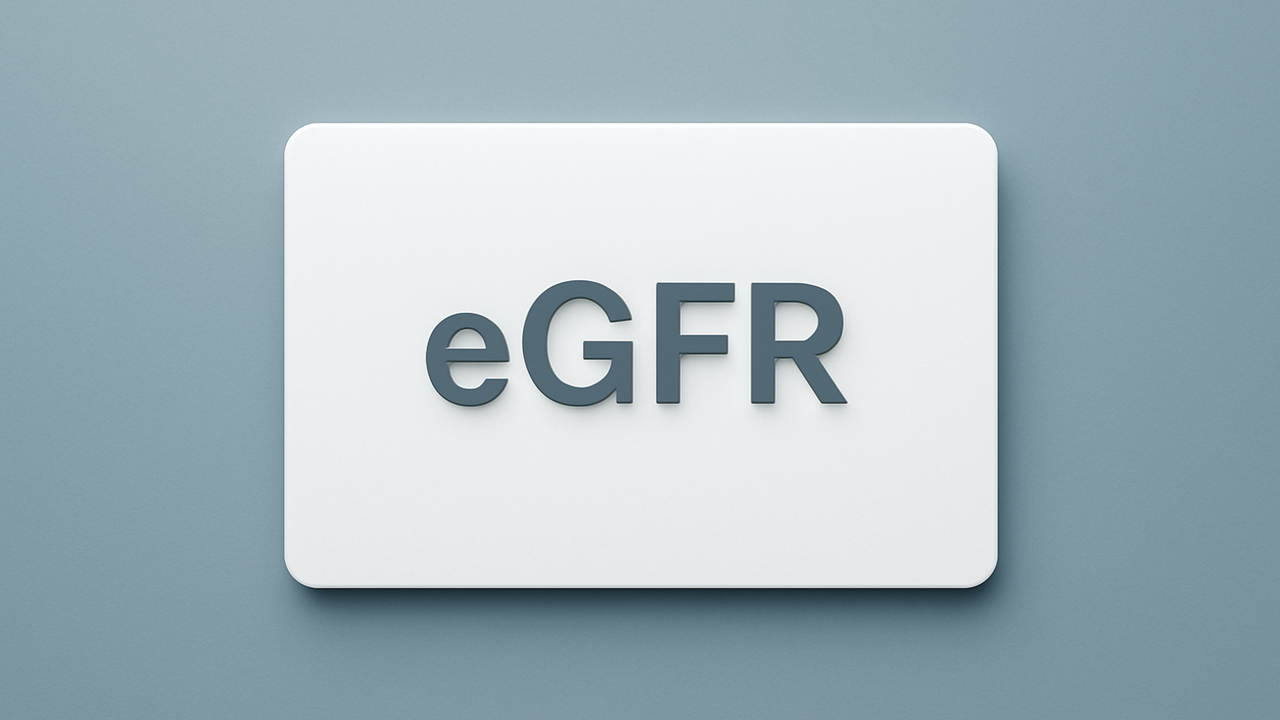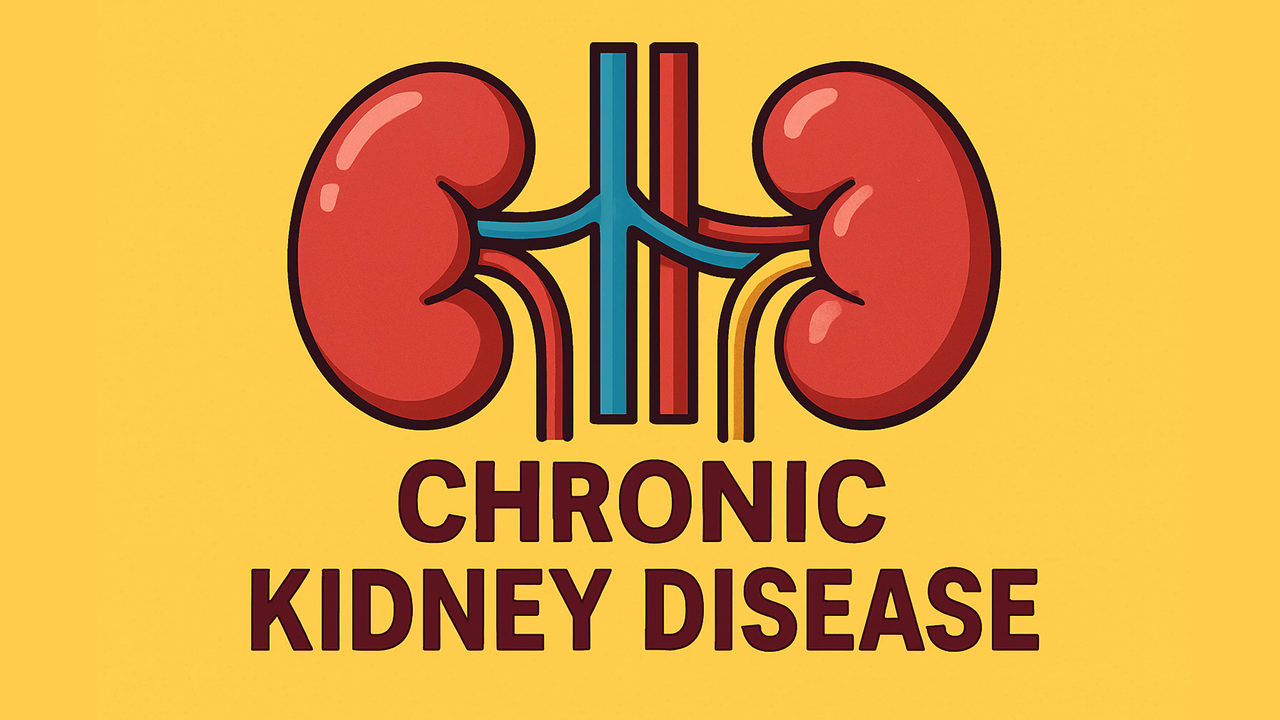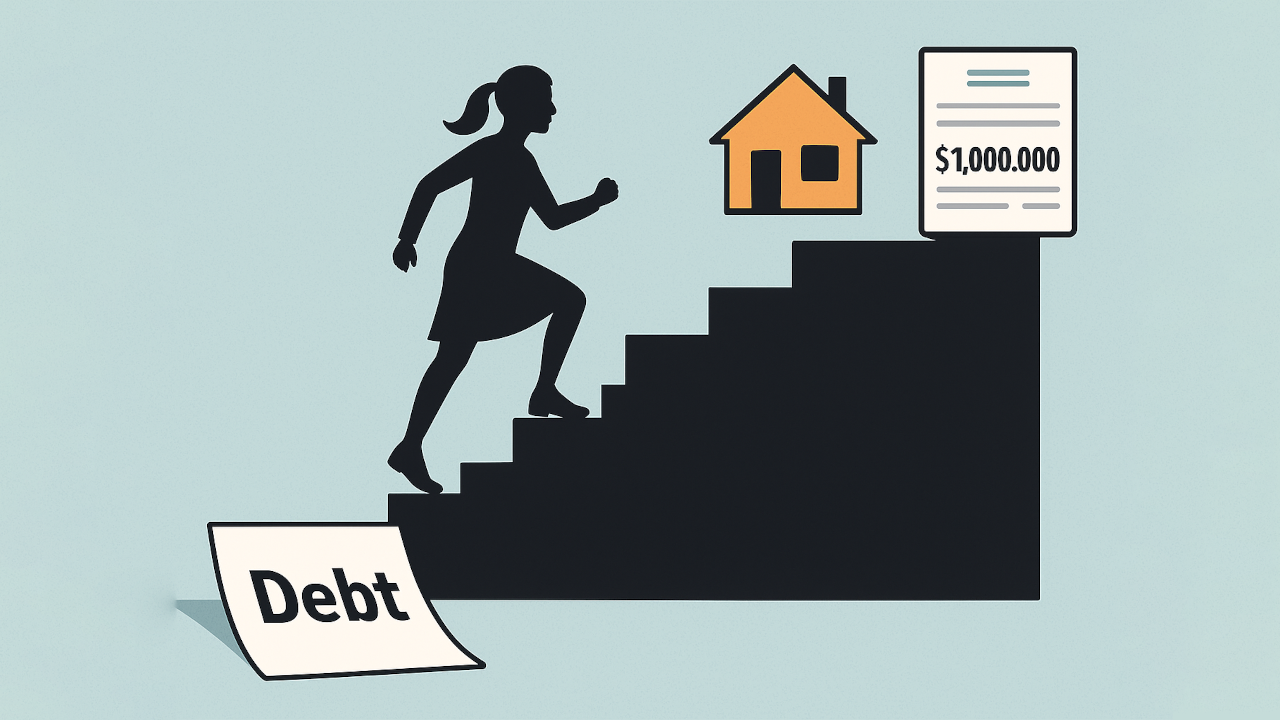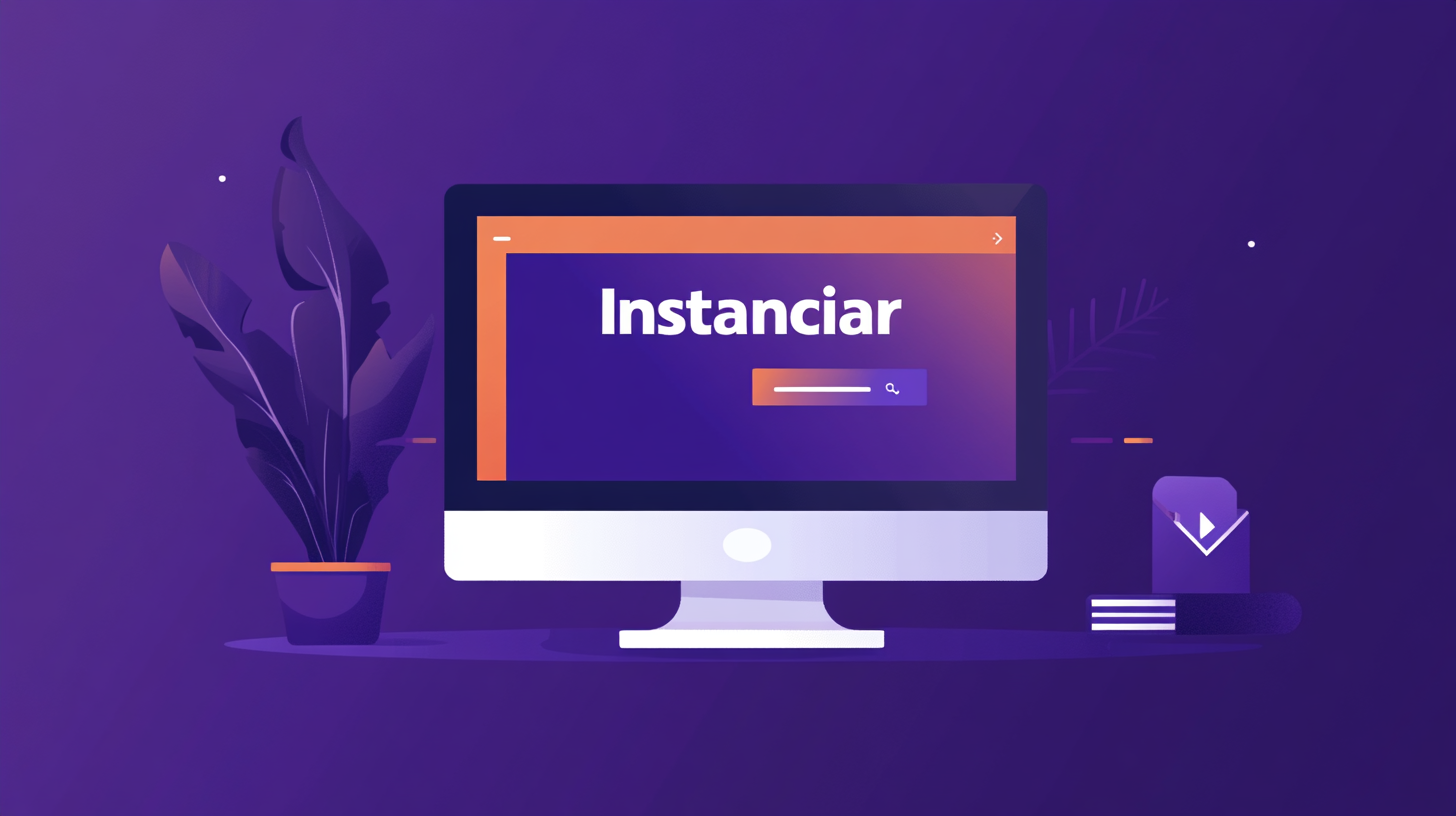Debt Repayment: The Avalanche Method
Why High‑Interest Debt Demands a Strategy
Average U.S. credit‑card APRs now sit near 20 %—the highest since Federal Reserve tracking began [1]. At that rate a $5 000 balance costs about $1 000 a year in interest alone if only minimum payments are made [2]. Globally, high‑rate consumer borrowing is growing fastest in emerging markets from India to Brazil, where credit cards routinely exceed 30 % APR [3]. When servicing costs outpace principal reduction, a mathematically optimized plan becomes essential.
How the Debt Avalanche Method Works
The avalanche (also called debt stacking) directs every extra dollar toward the single balance with the highest APR while minimums keep all other accounts current [4]. Because interest expense compounds fastest on those expensive balances, eliminating them first produces the smallest possible lifetime cost and the quickest overall payoff [5].
Key steps
List all debts from highest to lowest APR.
Pay at least the minimum on each account to avoid fees and credit‑score damage.
Channel every surplus dollar to the top‑APR debt until it is gone, then roll that freed‑up payment into the next balance.
Repeat until all accounts read $0.
A $10 000 card at 18 % can be erased in 36 months with $362 monthly payments, incurring roughly $3 039 in total interest; applying the same payment across multiple cards in descending APR order produces identical interest savings and zeros all balances earlier than other common strategies [6].
Benefits—and the Behavioural Challenge
Maximum savings – Avalanche is conclusively cheaper than snowball because interest‑heavy balances disappear earliest, slashing finance charges [4].
Shorter horizon – Less interest accumulating each month means more of every payment hits principal, compressing payoff time [6].
Motivation gap – Academic research shows many borrowers feel more encouraged by quick “small‑debt” wins than by pure cost efficiency, leading some to abandon avalanche prematurely [7].
Tracking interest avoided—rather than only balances erased—can supply the psychological reward necessary to stay engaged.
Harry Negron: $89,500 Gone in Six Months
Harry Negron (and CEO of Jivaro) had $61, 000 on a single credit card at 18 % APR, $13,000 on another credit card at 14%, and a $15,500 personal loan in late‑2022 [8]. By listing every debt, keeping minimums on smaller student loans, and attacking the cards exclusively he eliminated the balance in half a year—saving about $30,000 in interest versus equal payments across accounts [8].
The avalanche was funded by multiplying income:
AI data‑annotation contracts netted $4 ,910 in one month as global firms paid freelancers to label machine‑learning datasets [9].
Voice‑training gigs added $1 ,100 recording scripted prompts for speech‑recognition engines [9].
Stock dividends from the main portfolio added around $8,000
Bandwidth‑sharing apps like Honeygain and Pawns delivered passive micro‑payouts for unused household internet (≈ $0.15 / GB) averaging $150 a month [10].
Online surveys and freelance writing filled spare hours, contributing another $547 during peak months [9].
Each side‑hustle dollar flowed straight to the 18 % balance—creating what Harry calls an “income avalanche.” Once that card hit zero he redirected the full $1 200+ monthly payment stream toward smaller, lower‑rate loans, accelerating their payoff too.
Avalanche vs. Snowball vs. Consolidation vs. Minimum Payments
| Strategy | Core Idea | 10 k @ 18 %: Interest |
10 k @ 18 %: Time |
Strengths | Risks |
| Avalanche | Extra funds target highest APR first | ≈ $3 039 | ≈ 36 mo | Cheapest overall; fastest for same payment level [6] | First “win” may take longer, discouraging some users [7] |
| Snowball | Extra funds target smallest balance first | +$300–$600 vs. avalanche depending on mix [4] | Slightly longer than avalanche at equal payment [7] | Quick morale boosts keep momentum | Costs more; high-rate debt lingers |
| Consolidation | Replace several debts with one lower-rate loan or 0 % transfer | As low as $1 600 on 10 k @ 10 % over 36 mo [2] | Fixed by loan term; can be 12–60 mo | Simpler single payment; possible big rate cut | Fees, teaser rates, or longer term can raise total cost |
| Minimums only | Pay issuer-required minimum and nothing extra | $10 k–$15 k+ over 20 yrs [6] | 20–25 yrs | Preserves cash flow right now | Long, expensive; principal barely falls |
Global Perspective
The UK’s average household debt—including mortgages—topped £65 000 in 2024, driving financial‑education groups to promote avalanche as the most cost‑effective approach for credit‑card and payday‑loan relief [5]. Australian consumer‑advocacy organisations echo the guidance, urging borrowers to rank debts by APR and pay the priciest first, especially while variable‑rate cards sit above 17 % nationwide [3]. The mathematical advantage of avalanche is therefore universal, even where banking products differ.
When Avalanche Works Best
You carry double‑digit APR balances such as credit cards or personal loans. Every month these debts compound faster than investment markets grow, so killing them yields a risk‑free “return” equal to their APR [2].
Your interest‑rate spread is wide—for example, 24 % on a store card versus 6 % on a car loan. Targeting the 24 % saves multiple dollars for every one directed at the vehicle note.
You can commit surplus cash—via expense cuts or new income—to maintain momentum. Even $100 extra per month shortens a $2 000 balance from 114 to 24 months and chops interest by 70 % [11].
Borrowers who need faster psychological wins can still start by clearing one tiny balance, then flip to avalanche for the rest—a hybrid plan that preserves motivation while minimising cost [4].
Accelerating Results: Income and Interest Hacks
Side‑hustle stacking – Freelance platforms, micro‑task sites, and ride‑share shifts can raise monthly cash flow by $300–$1 000; sending all of it to a 20 % card is equivalent to earning a 20 % investment yield.
0 % balance transfers – Moving a chunk of high‑rate debt to a 12‑month 0 % intro card pauses interest entirely; pay it off within the promo period to save hundreds.
Employer overtime or bonus allocation – Direct deposit a percentage of bonuses or hazard‑pay differentials straight to the target account before funds hit checking (forced avalanche).
Windfall discipline – Tax refunds, gifts, or even garage‑sale proceeds disappear quickest when routed immediately to the highest‑APR balance.
Summary and Next Steps
Avalanche is mathematically superior for anyone serious about shrinking interest expense.
Behavioural sticking points can be managed by tracking interest saved and celebrating milestones.
Pairing avalanche with fresh income—whether through gig work or negotiated raises—compresses payoff timelines dramatically, as proven in Harry Negron’s six‑month sprint.
Start today: list every debt, sort by APR, cut or earn an extra $100 this month, and watch your highest‑cost balance melt. Share your own avalanche wins (or challenges) with friends and family so others can learn from your journey.
References
Federal Reserve. Consumer Credit – G.19 (2024).
Consumer Financial Protection Bureau. What to Know About Consolidating Credit‑Card Debt (2023).
International Monetary Fund. Global Household Debt Database (2024).
Lavender J. Snowball vs. Avalanche Method – TFNB Bank (2023).
Rest Less UK. Debt Repayment Methods Explained (n.d.).
WalletHub. Paying $10 000 at 18 %: Scenarios (2024).
Trudel R. The Best Strategy for Paying Off Credit‑Card Debt – Harvard Business Review (2016).
Negron H. Cashflow Catalyst – Jivaro Press (2023).
Negron H. Side‑Hustle Income Report – May 2025 (2025).
Negron H. Passive Income via Bandwidth‑Sharing Apps (2025).
SouthState Bank. Debt Optimisation Strategies (2023).
About the Author
Harry Negron is the CEO of Jivaro, a writer, and an entrepreneur with a strong foundation in science and technology. He holds a B.S. in Microbiology and Mathematics and a Ph.D. in Biomedical Sciences, with a focus on genetics and neuroscience. He has a track record of innovative projects, from building free apps to launching a top-ranked torrent search engine. His content spans finance, science, health, gaming, and technology. Originally from Puerto Rico and based in Japan since 2018, he leverages his diverse background to share insights and tools aimed at helping others.




